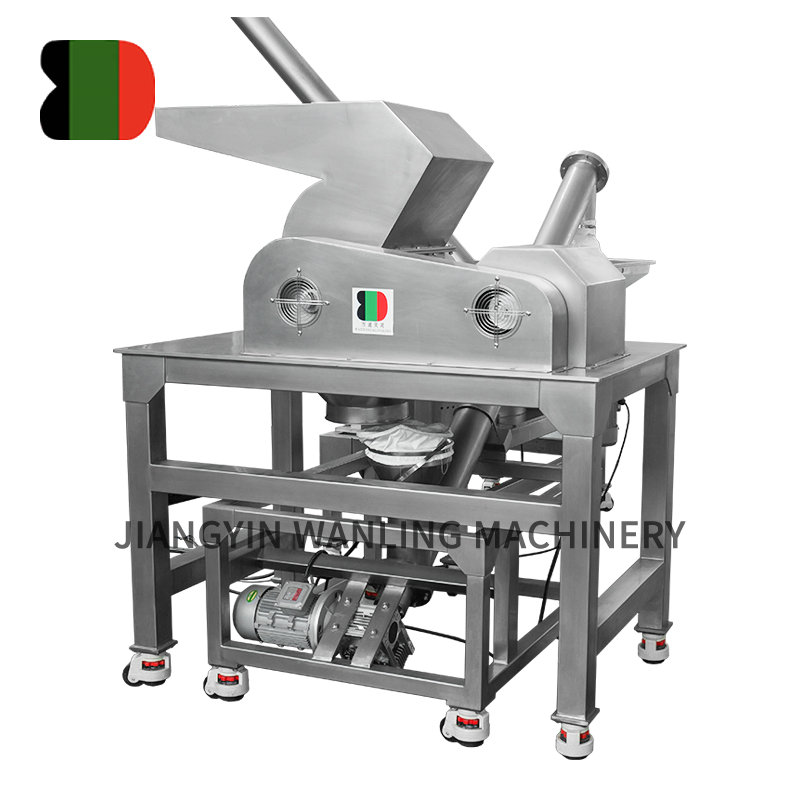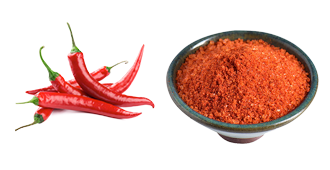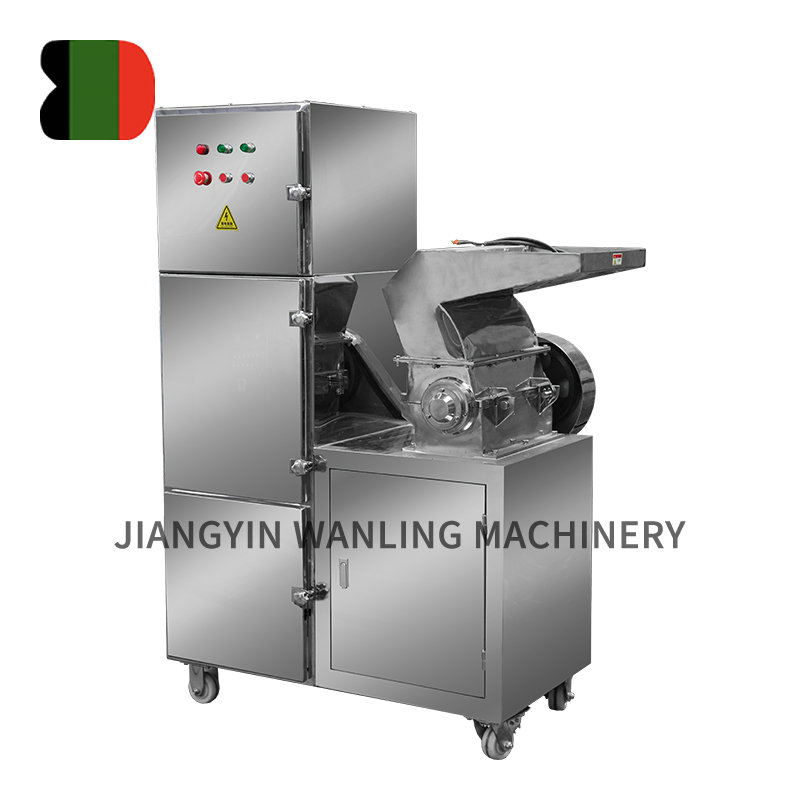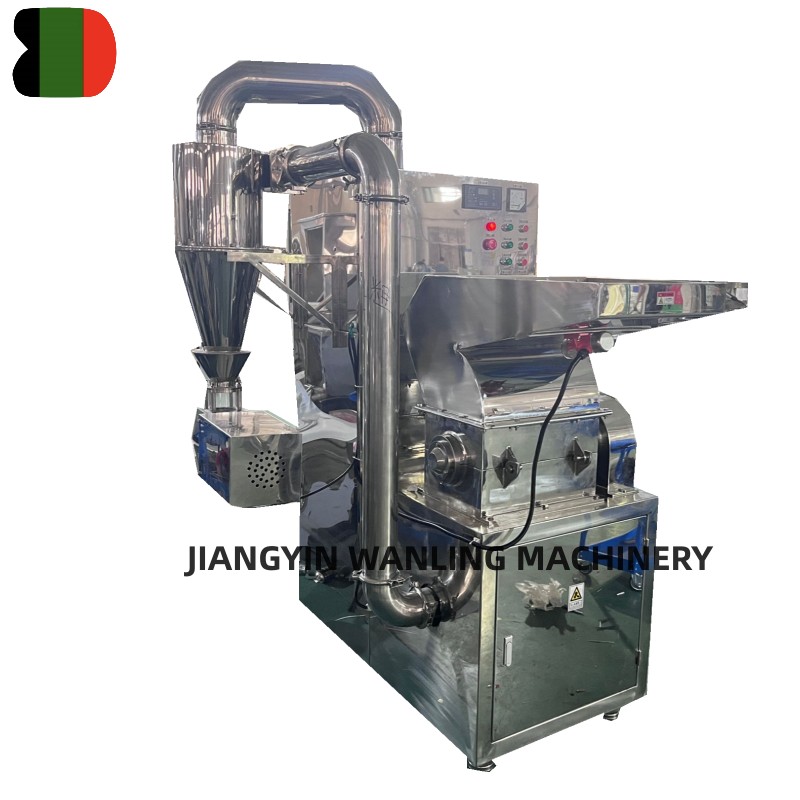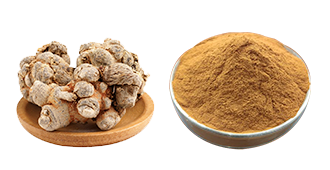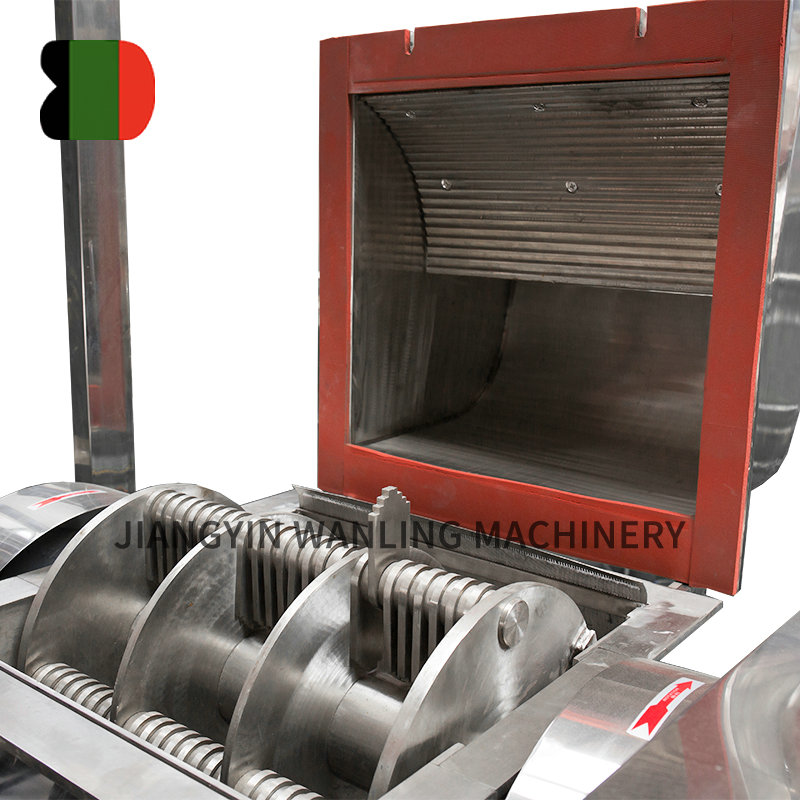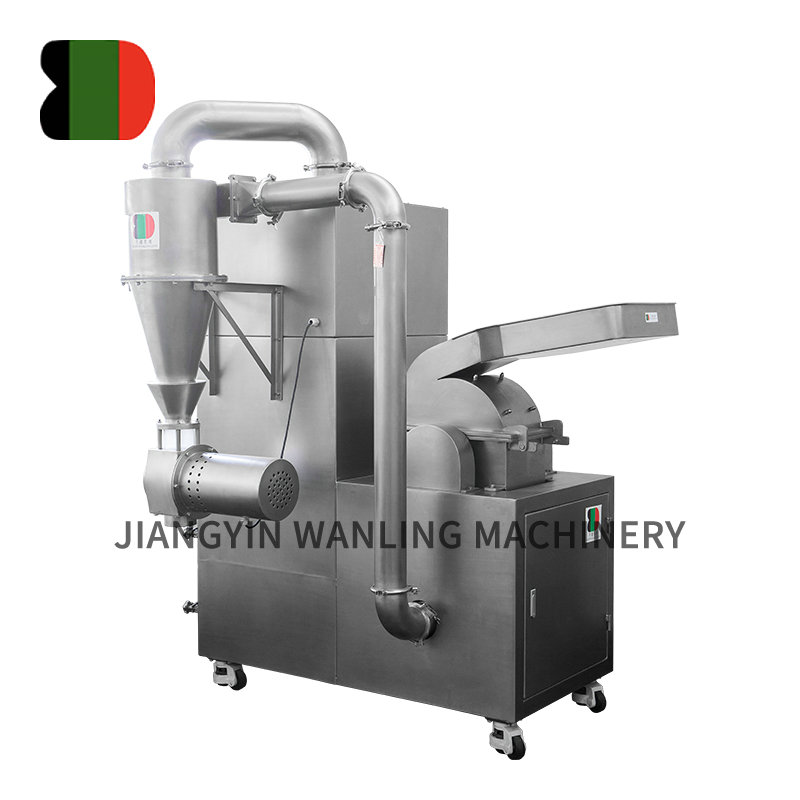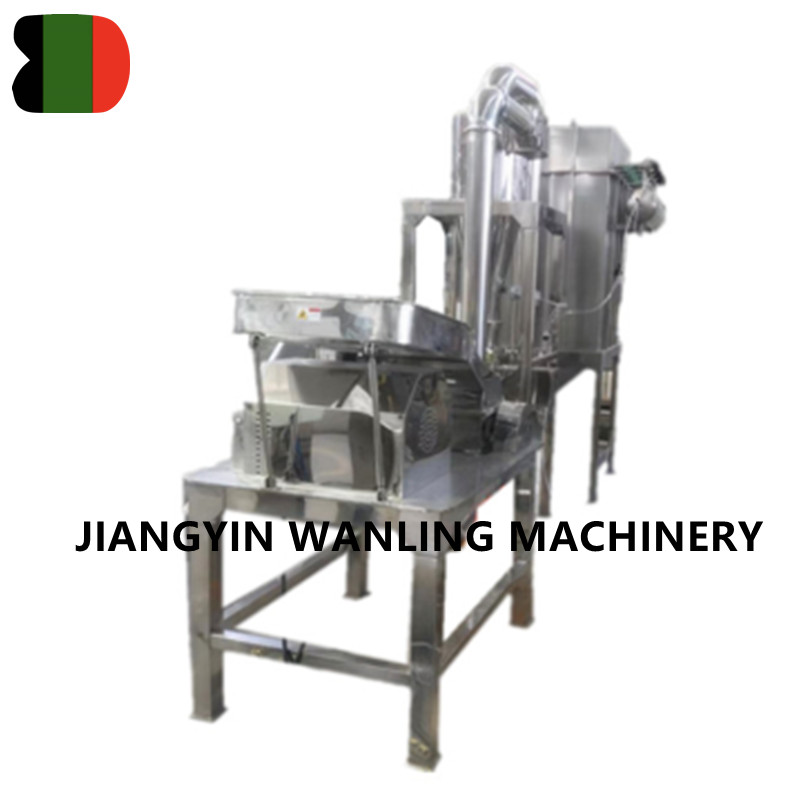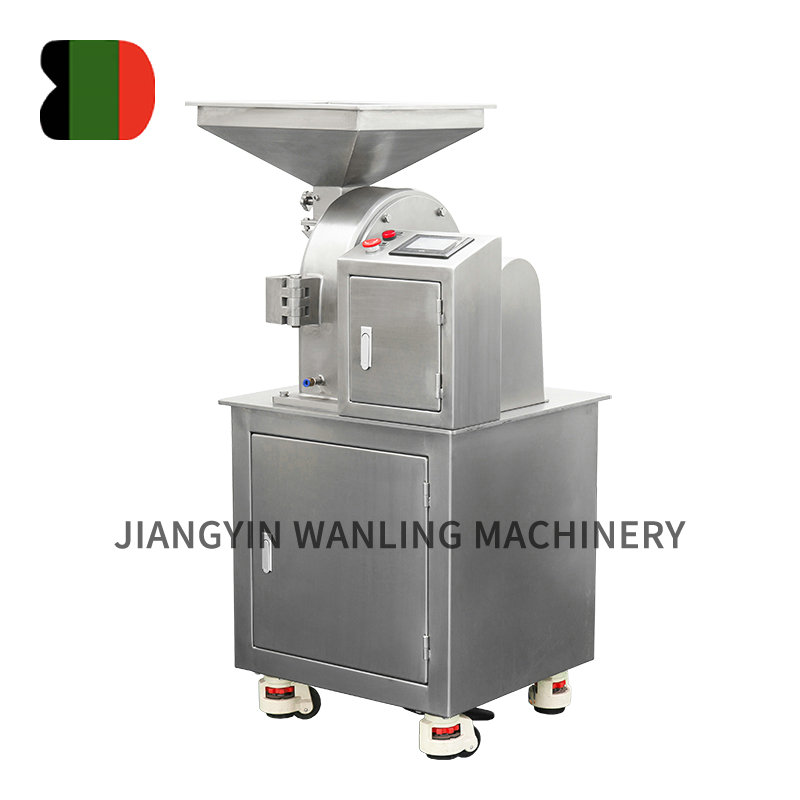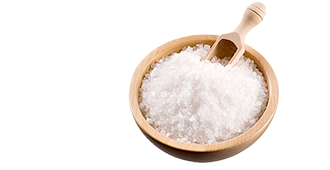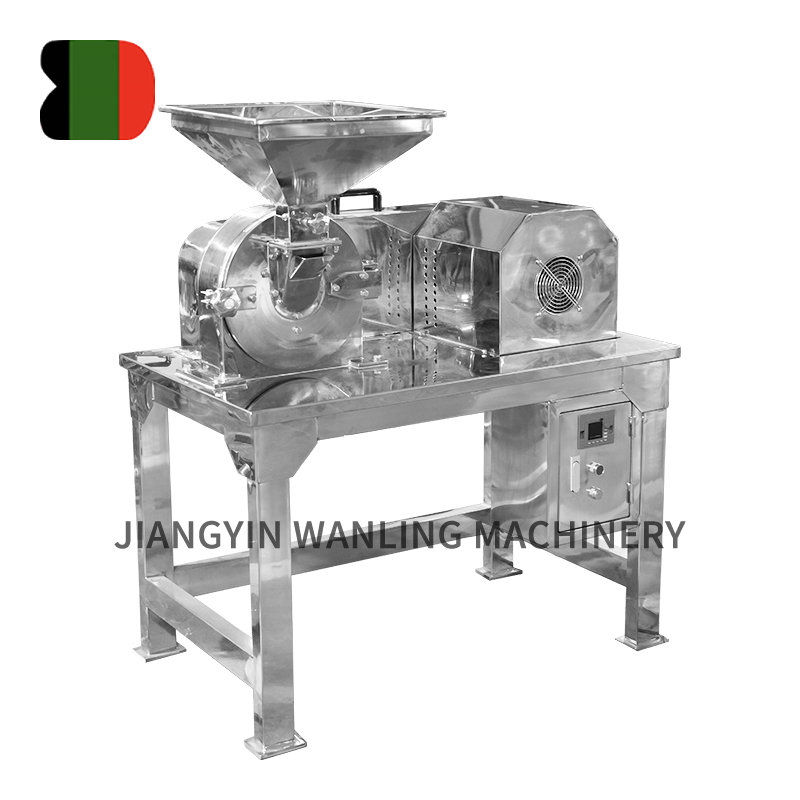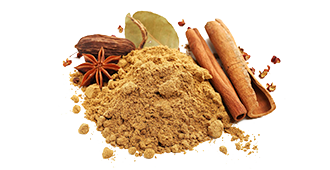Superfine grinding significantly impacts the texture and taste of powdered food products like spices, coffee, and flour. The grinding process influences the particle size, surface area, and physical properties of the final product, which in turn affects how the food interacts with our senses. Here’s how superfine grinding affects texture and taste:
Texture Enhancement
Finer and Smoother Powder: Superfine grinding reduces the particle size to very small dimensions, resulting in a much finer and smoother texture compared to coarser grinding methods. This fine powder has a silkier mouthfeel, which is desirable in many food applications, such as pastries, sauces, or certain beverages.
Improved Consistency in Baking and Cooking: In flour, superfine grinding produces a finer texture that can help achieve a smoother batter or dough, leading to lighter and more delicate baked goods. The uniformity of the powder also ensures even mixing with other ingredients.
Impact on Taste
Increased Flavor Intensity: When spices, coffee, or other food products are ground to superfine sizes, the surface area of the particles increases significantly. This increased surface area allows more flavor compounds to be released during cooking or brewing, intensifying the taste.
Enhanced Aroma: The process of superfine grinding releases aromatic compounds by breaking down the food’s structure at a micro-level. This enhances the aroma of products like coffee or spices, making them more fragrant and appealing. For example, freshly ground superfine coffee may release a stronger aroma than coarser ground coffee due to the greater exposure of aromatic oils.
Potential Changes in Flavor Profile: In some cases, superfine grinding can alter the balance of flavor. For instance, the bitterness of coffee may become more pronounced due to the finer particles extracting more bitter compounds during brewing. Similarly, spices like pepper or cinnamon may have a more intense heat or sweetness when ground superfine.
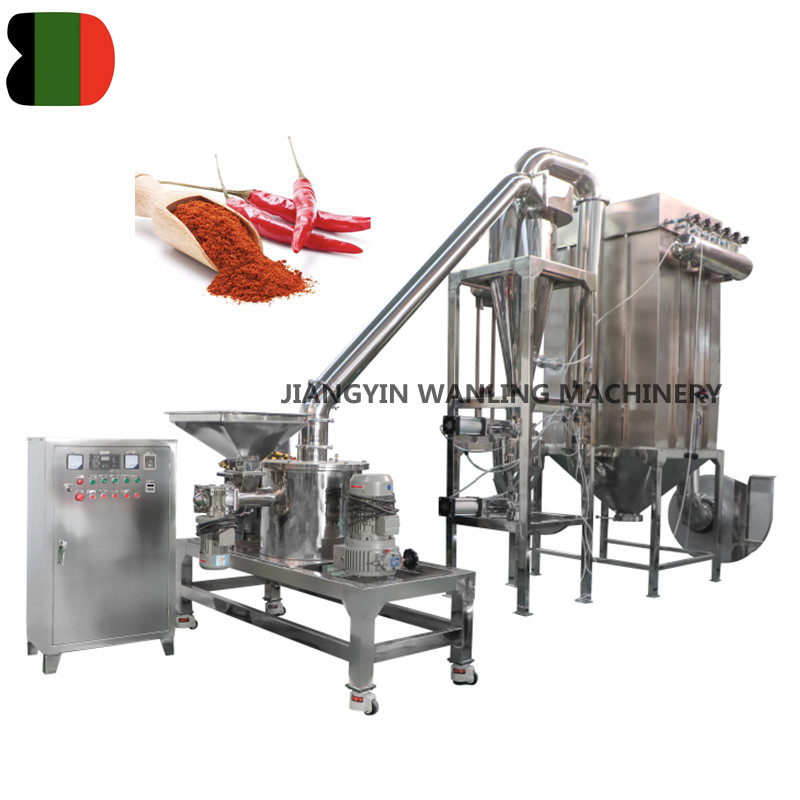
Solubility and Dispersion
Improved Solubility: Finer particles dissolve more readily in liquids, which is especially important for powdered food products intended for beverages, soups, or sauces. Superfine ground coffee, for example, may result in a smoother and more uniform extraction during brewing.
Better Dispersion in Mixtures: Superfine powders disperse more evenly in mixtures, reducing the likelihood of clumping. This uniform distribution ensures a consistent flavor throughout the product, such as in spice blends or baking mixes.
Mouthfeel Considerations
Enhanced Smoothness in Final Products: When superfine grinding is used for flours or powdered ingredients in foods like chocolate or ice cream, the result is a creamier and smoother mouthfeel. Coarser particles may feel gritty, while superfine powders create a more luxurious texture.
Avoiding Unpleasant Grittiness: For products like instant coffee or certain powdered spices, superfine grinding ensures there are no gritty particles that can negatively impact the mouthfeel.
Potential Downsides
Risk of Over-Grinding: In some cases, superfine grinding may produce particles that are too fine, leading to challenges such as excessive dusting or loss of volatile flavor compounds. In coffee, for instance, overly fine grinding can lead to over-extraction during brewing, resulting in a bitter taste.
Loss of Natural Texture: For some products where a coarse or textured finish is desired, superfine grinding may not be suitable. For example, some traditional spice blends or artisanal coffee recipes may call for coarser grinds to retain a particular texture and flavor profile.



 Español
Español